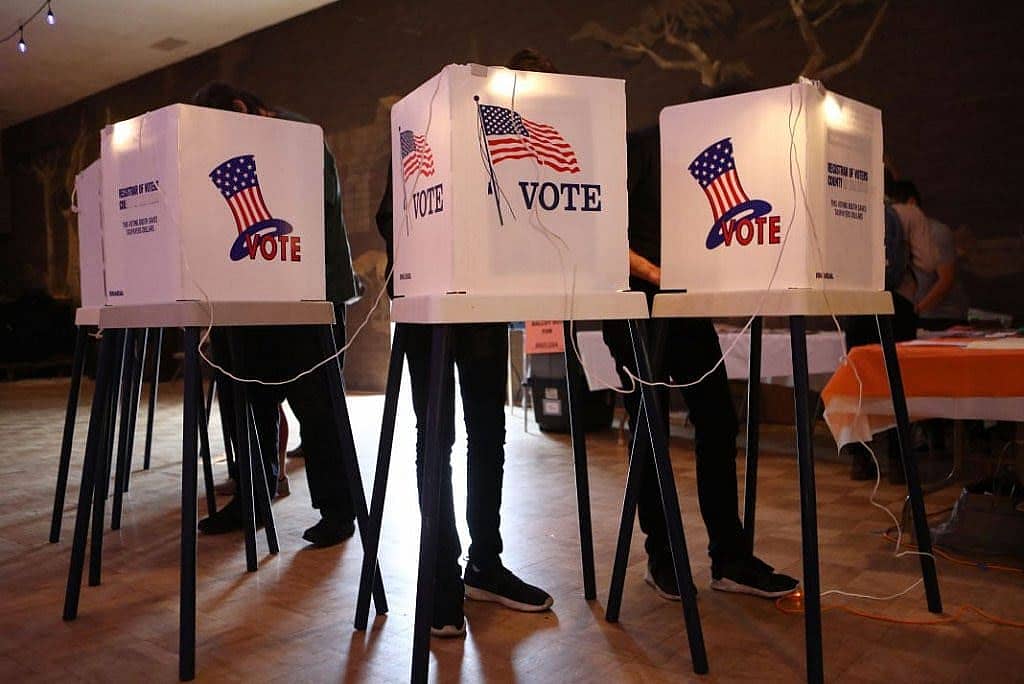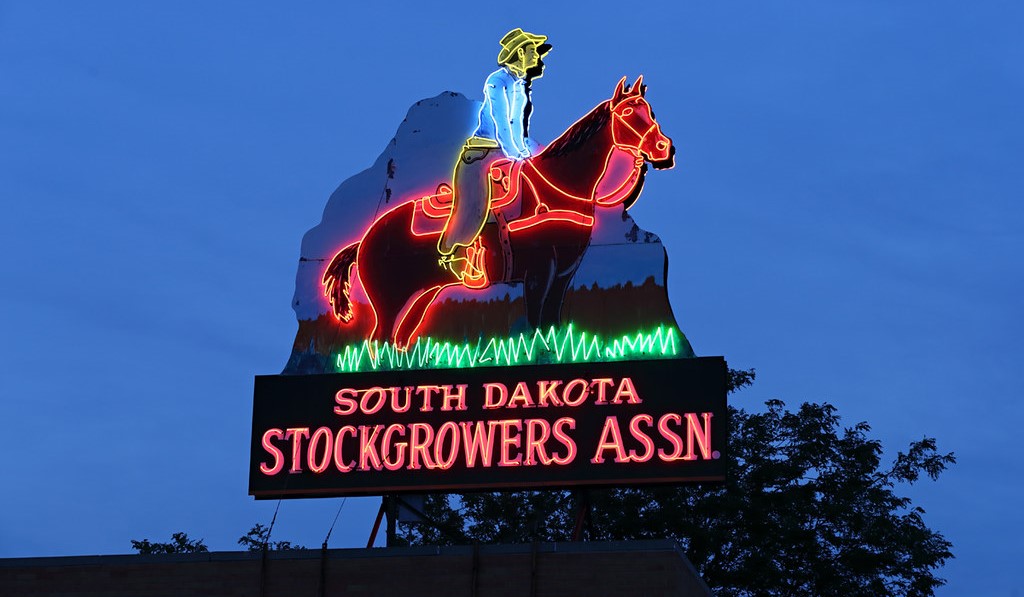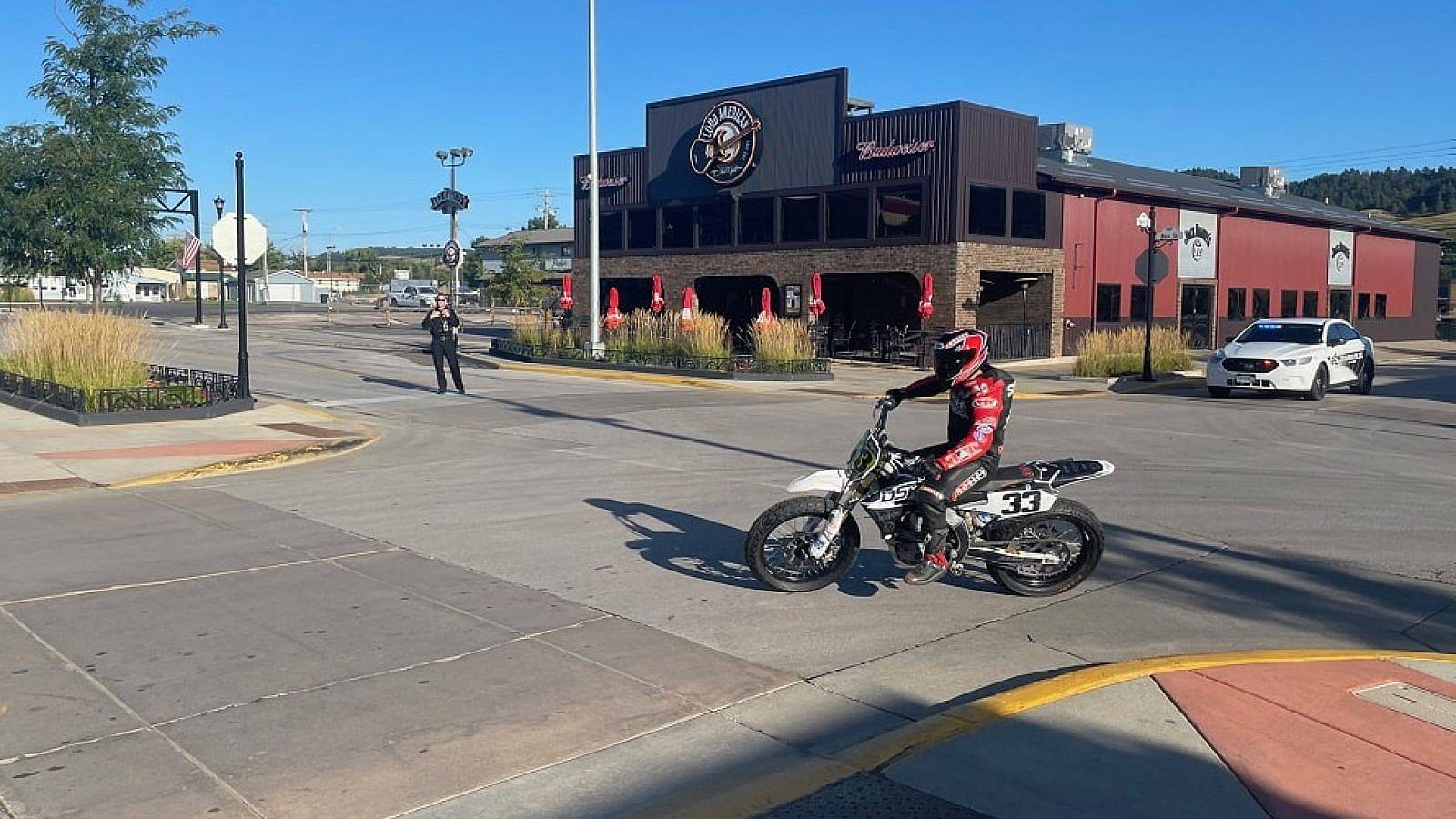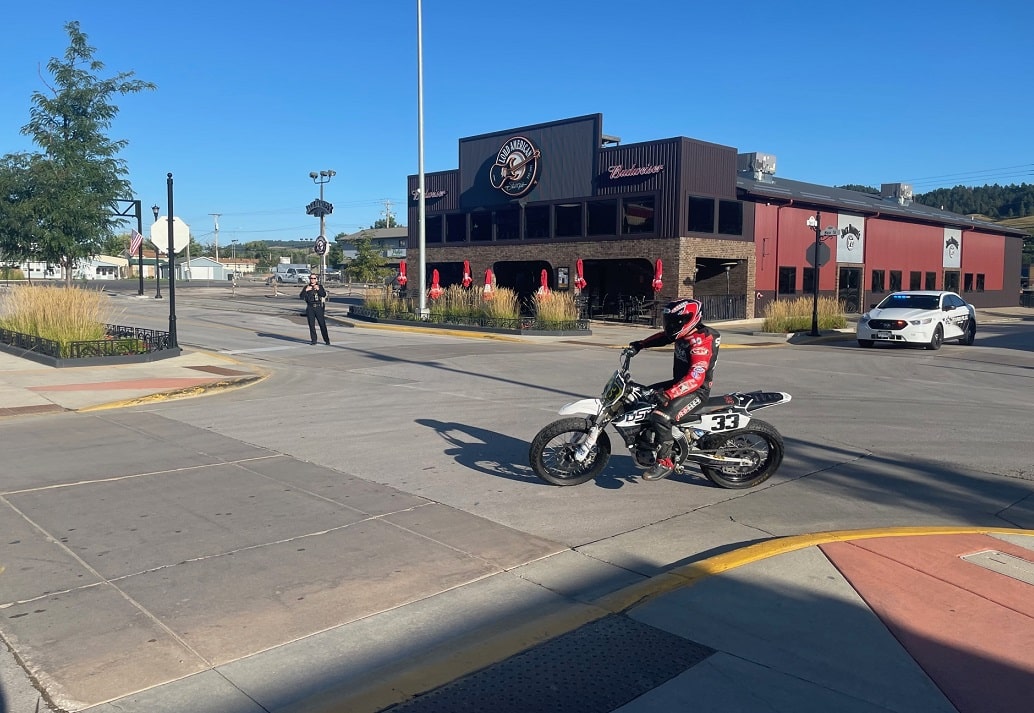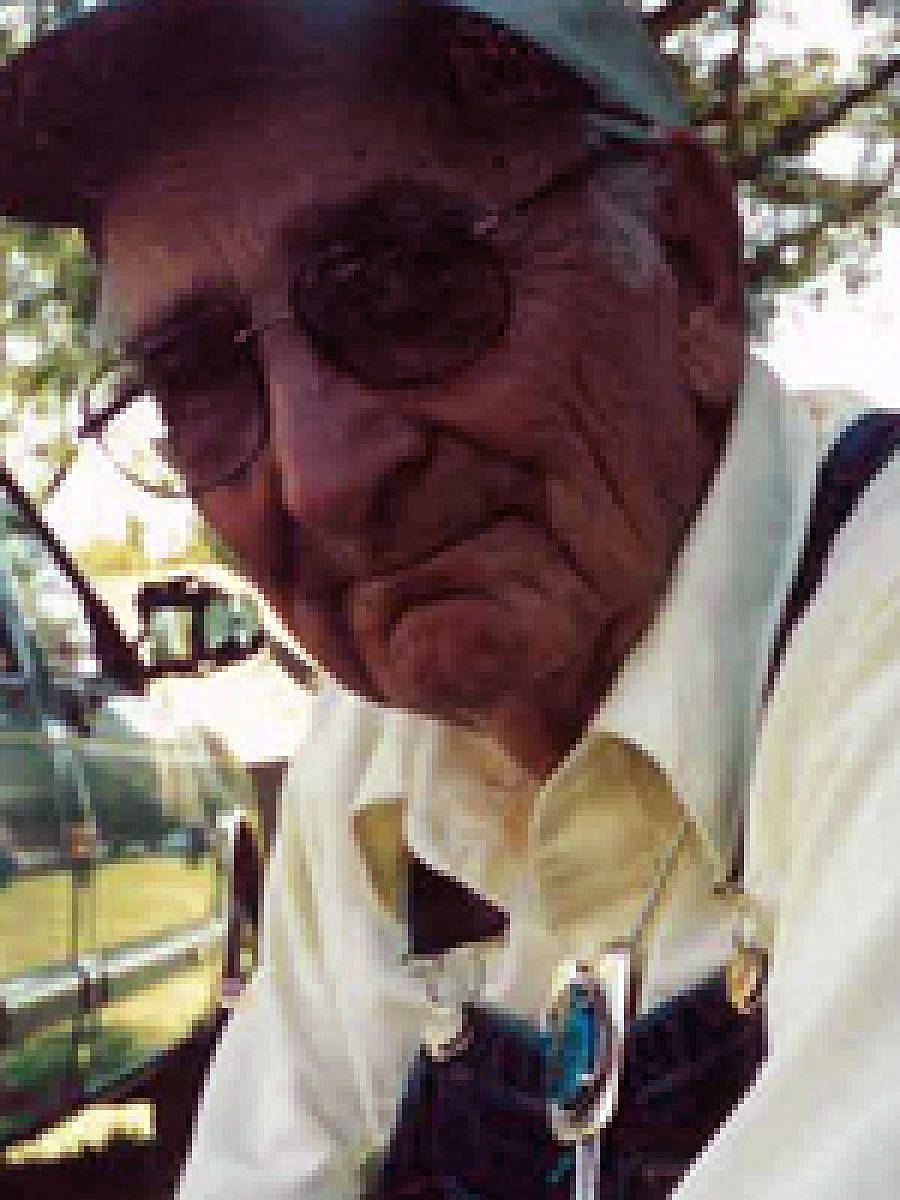SIOUX FALLS, S.D. – Grouping Native American voters together earned South Dakota a better-than-average score from a voting rights watchdog group.
Common Cause, a nonprofit organization, released a state-by-state scorecard, ranking states based on the way they redrew congressional and state legislative districts following the 2020 U.S. census. South Dakota only adjusts legislative districts because the entire state is one congressional district with one U.S. representative.
South Dakota scored a C+, slightly better than the national average of C-. Fifteen states scored higher, and five states joined South Dakota with a C+ score.
The scores were based on a review of each state’s redistricting process, 120 surveys and more than 60 interviews with community organizers nationwide, according to the Common Cause methodology page. The Washington, D.C.-based organization partnered with a coalition of voting rights groups to produce the report, including the National Congress of American Indians and the League of Women Voters.
Fairness in redistricting was measured by transparency, public input opportunities, decision-maker willingness to change maps, nonpartisanship and the empowerment of communities of color.
Report: South Dakota process more fair than years past
Redistricting follows each census, and is meant to adjust representation to reflect changes in population. Redistricting frequently sparks concerns about gerrymandering – drawing districts to dilute the power of certain voting blocs to the advantage of their opponents – and sometimes sparks lawsuits over allegations of minority voter suppression.
North Dakota found itself in federal court this summer over accusations its lawmakers penciled Native Americans out of a fair shot at representation. The state Supreme Court in North Carolina redrew its legislative districts following a lawsuit over its legislative maps.
South Dakota has a history of conflicts over Native voting rights, as well. In 2001, Native American groups successfully sued the state over the creation of districts that weakened the voice of tribal voters.


First, they combined the Crow Creek and Lower Brule reservations into one district, District 26, rather than splitting them up. They also drew the lines in Rapid City in a manner that kept residents of a predominantly Native American area together in District 32.
South Dakota Native American voting rights advocate OJ Semans Sr. was interviewed for the report and pointed to those wins as significant for Native voters, sparked by Native Americans speaking up on the issues. A Rapid City man named Kellen Returns From Scout, for example, helped lead a push to keep the members of the North Rapid area together.
“For years, the community has been divided between three different state legislative districts, but during this redistricting cycle, they were able to advocate and be drawn into one single district,” said Semans Sr., a co-executive director of a voting rights advocacy group called Four Directions. “Though they are not the majority, Native people are now between 30-40% of the voting age population of that state legislative district, creating opportunities for Native people to be a political force.”
Areas for improvement
On the negative side, South Dakota’s C+ grade reflects what the report described as a less-than-stellar outreach to Native communities.
“Although the legislature generally responded to requests from tribes, they were not proactive in actively seeking to hold hearings on reservations nor in engaging directly with tribal leaders and councils,” the report said.
Sen. Jim Bolin, R-Canton, chaired the Senate Redistricting Committee and sat on the Tribal Areas Subcommittee. He pushed back on the notion that lawmakers were unresponsive, noting that there were public meetings in more than half a dozen cities, including two on or near reservation communities.
Auditors: New voter residency rules difficult to manage for local election officials 〉
“The Native Americans came to Pierre to plead their case numerous times,” he said in an interview with South Dakota Searchlight.
The decision in North Rapid will reverberate for years, Bolin said, as it turned the district into a potentially competitive one for Democrats.
Republicans won seats, but “they had to work for it in 2022, and they’ll have to work for it again in 2024.”
“It will be perpetually competitive,” Bolin said.
He also pointed out that Districts 26 and 27, which represent Oglala Lakota County and Todd County, each have fewer people than the “perfect” number of 25,333 residents.
That figure is derived by dividing the state’s population by 35, the number of legislative districts. Bolin said lawmakers work to keep districts within 5% of that population target. They went outside that range to make sure that Native Americans are fairly represented in those two districts, he said.
Former Sen. Troy Heinert of Mission, an enrolled member of the Rosebud Sioux Tribe, served on redistricting committees with Bolin and others. He said the wins noted by Common Cause were hard fought.
“It was not easy to try and hold North Rapid and to keep Lower Brule and Crow Creek together,” Heinert said. “Those were some tough conversations.”
Census undercounts on tribal areas have been a problem for decades, Heinert said, and that’s made redistricting difficult. Reservation population counts in the 2020 census were marred by pandemic restrictions that closed off parts of reservations as the count took place.
Heinert would like to see lawmakers find a way to consider tribe-collected enrollment figures during redistricting. Tribal enrollments were called “more reliable than data from the Census Bureau” in comments from tribes to the Bureau of Indian Affairs on the distribution of American Rescue Plan Act dollars.
Heinert said Oglala Lakota County and Todd County would each be their own state legislative districts if tribal enrollment figures were used.
“We trust the census, why wouldn’t we trust the tribal enrollment?” Heinert said.
